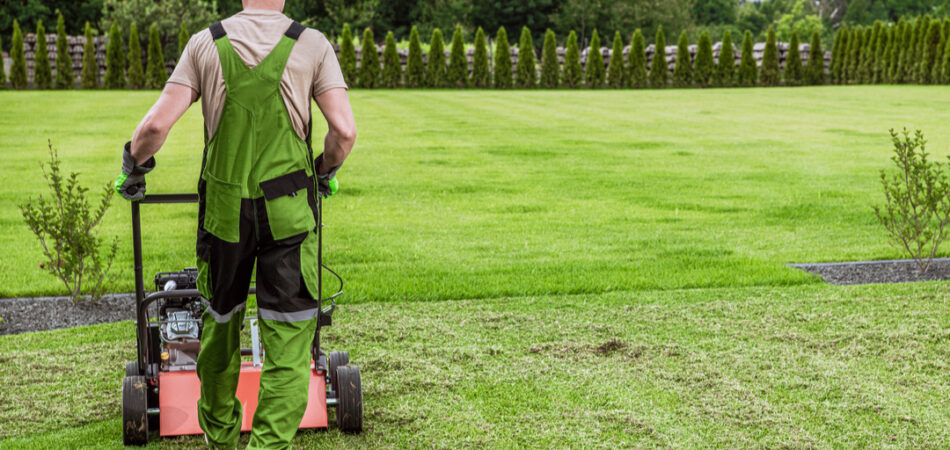
Aeration and overseeding are two crucial lawn care practices that can help keep your grass healthy and robust, thus improving the appearance of your lawn. During aeration, you penetrate the soil and create small holes, allowing air, nutrients, and water to reach the grassroots. Overseeding is a process where you spread grass seed all through the yard to encourage new grass to grow. Aerating and overseeding are best done in the fall when the weather is more relaxed and the grass is actively growing. Benefits of aerating your lawn and overseeding include the following:
Improving Drainage and Air Circulation
One of the benefits of aerating your lawn is to help improve air circulation to the roots of your grass, which is essential for healthy growth. Additionally, aeration can also help improve drainage in your lawn by creating channels for water to flow more freely. This is especially helpful in areas that tend to puddle or flood.
Reducing Compaction
Compaction occurs when the soil particles are pressed together, making it difficult for water and air to reach the roots of your grass. This can lead to unhealthy growth and bare patches on your lawn. Compacted soil can lead to several problems, such as poor drainage, reduced oxygen levels, and even root death. Aeration helps alleviate compaction by creating small holes that allow the soil to loosen up.
Enhancing Water Absorption
Overseeding can help improve your lawn’s ability to absorb water by increasing the amount of grass coverage, which is especially beneficial in areas prone to drought or dry spells. Overseeding can also help add nutrients to your lawn by adding new grass seedlings that will compete for resources with existing plants.
Reducing Thatch Buildup
Thatch is described as a layer of dead and living organic matter that builds up between the soil surface and on the green blades of grass. A thick layer of thatch can prevent water and nutrients from reaching the roots of your grass, leading to unhealthy growth. Aeration can help reduce thatch buildup by breaking up the thatch layer and allowing air and water to reach the soil.
Encouraging New Growth
Overseeding helps add new grass seedlings to your lawn, which can be done by either sowing new seeds or by planting new seedlings. Overseeding can help encourage new growth in your yard, eventually leading to a thicker, healthier lawn.
There are also some common aeration and overseeding mistakes that should be avoided, like:
- Overlooking thatch buildup: If you have a thatch problem, aeration and overseeding are not likely to be successful.
- Applying too much seed: Putting down too much grass seed is a waste of money and can harm your lawn.
- Not preparing the soil. Be sure to loosen the top layer of soil and remove debris before aerating and seeding.
- Failing to water: Water regularly and deeply after aerating and overseeding.
- Mowing too soon can damage new seedlings.
Aerating and overseeding help to improve your lawn’s overall health and appearance. It can help increase grass coverage, improve water absorption and drainage, and encourage new growth. Always choose a grass seed appropriate for your climate and soil type, and follow the procedure indicated to ensure the best results. With proper care, your lawn will be thick and green in no time and looking its best all year long!

